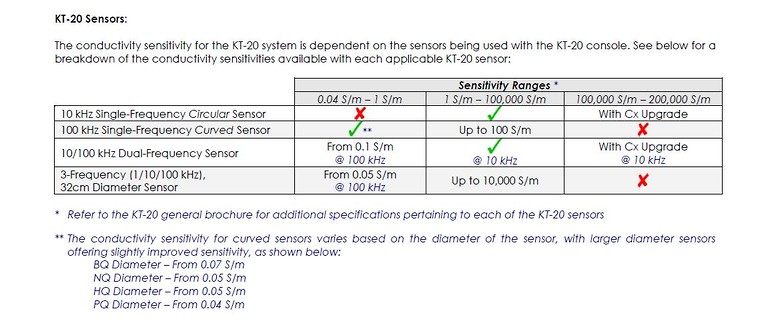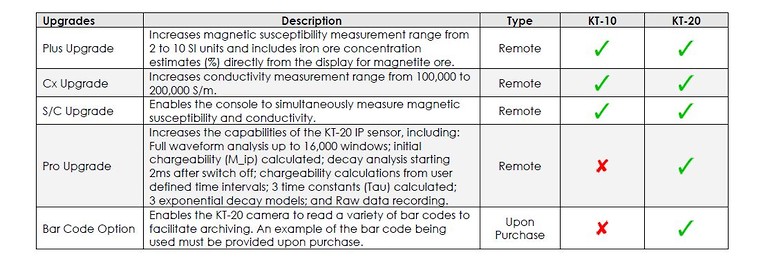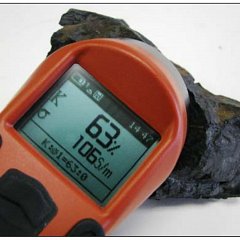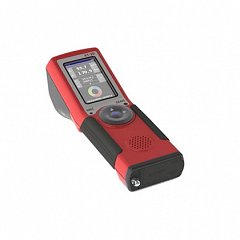KT10H
from Terraplus
The KT10H Magnetic Susceptibility meter is highly sensitive offering an order of magnitude more sensitive than the standard meter. Solely a Magnetic Susceptibility meter the KT10H is provided with a 60mm diameter circular coil, 3318mm2 measurement area. With all the features and connectivity as the standard KT10 system the KT10H can be used for specialist applications where the material magnetic susceptibility is in the order of 1x10-7 SI units.
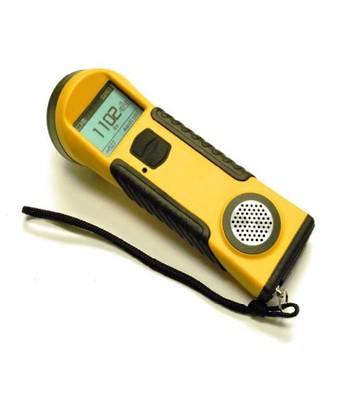
Although the KT10H includes the sample pin and automatic measurement function for rough surfaces this meter performs best on processed samples with even volume and smooth surface to exploit the sensor sensitivity.
With a simple intuitive user interface and two button operation, this handheld meter incorporates a voice recording function for incorporating metadata to records and Bluetooth connectivity for GNSS position integration.
Product Dimensions
| Physical | Dimensions (L x W x H) | Weight |
|---|---|---|
| KT10H (instrument only) | 200mm x 57mm x 30mm | 0.3kg |
Technical Specifications
| Sensitivity: | 1x10-7 SI Units |
|---|---|
| Measurement range: | 0.001x10-3 to 1999.99 x10-3 SI Units Auto-Ranging |
| Total Sensor Measurement Area: | 3318 mm² |
| Operating frequency: | 10 kHz |
| Measurement frequency: | 20 times per second ( in Scan mode, 5 readings averaged together and 4 readings /second stored |
| Display: | High Contrast LCD Graphic Display with 104 x 88 pixels |
| Memory: | Up to 3000 measurements or 2000 measurements with one minute of comments per reading |
| Control: | 1 button with up / down function & pin for rough surfaces |
| Data Input/Output: | USB, Bluetooth with GPS link via Bluetooth |
| Power Supply: | 2 AA Alkaline Batteries or 2 optional AA Rechargeable Batteries |
| Battery life: | Up to 4000 readings without voice recorder |
| Operating temperature: | -20 °C to 60 °C |
| Coil Diameter: | 65 mm with a 45 degree angle |
Shipping
| Contents | Dimensions (L x W x H) | Weight |
|---|---|---|
|
Case 1
KT10H, system cables, rechargeable batteries, spare pin, support CD and manual |
37cm x 28cm x 16cm | 3kg |
Data Sheet
- KT10H Datasheet (PDF)
Literature
- KT-10 Comparison chart (PDF 45KB)
- KT10 Quick Start Guide (PDF 129KB)
- The use of Magnetic Susceptibility of Rocks in Geological Exploration (PDF 8MB)
Checklists
- Checklist for Daily Instrument Checks (PDF 133KB)
- Checklist for Out of Box Equipment Tests (PDF 228KB)





